Samsung Galaxy Note 8 vs. HTC U11: a comparison
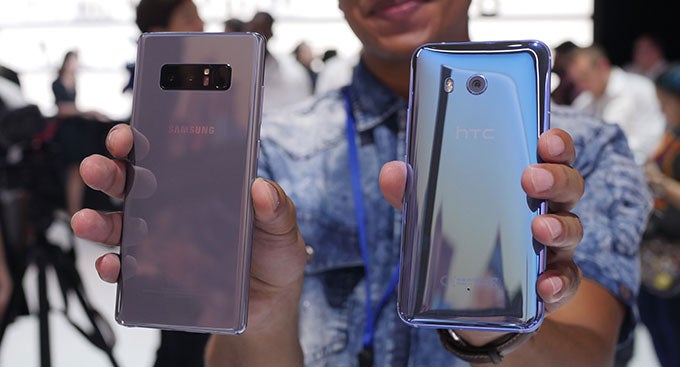
It's a big world out there, and for a lot of smartphone users, they're looking for a big phone to match. For stylus fans who look forward every year to Samsung's latest Galaxy Note, they're getting a special treat in 2017 as the Note 8 brings the biggest screen yet to the popular flagship family. With that new 6.3-inch display, is the Note 8 at risk of being too big for its own good? Or has Samsung's manufacturing techniques allowed it to craft a big-screen phone that somehow manages to feel more compact than its smaller-screened competition?
Design
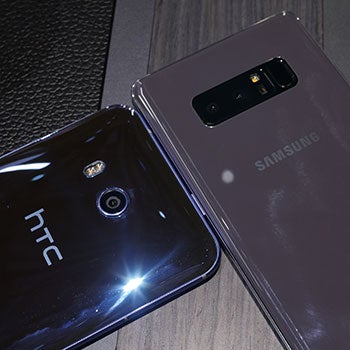
We already saw this new look come to the 5.8-inch Galaxy S8 and 6.2-inch Galaxy S8+, and now Samsung's back with more of the same for the 6.3-inch Galaxy Note 8. As a result, the Note 8 is very, very similar in layout to the S8+ in particular, coming in just a couple millimeters taller and wider. The Note 8's also a thicker phone, but now by much; even with the S Pen stylus lurking within, the handset's body is just 8.6mm thick.
That's much the case with the Note 8, as while the U11 is a shorter, and even thinner phone, it's also slightly wider – and so when you hold the two, the U11 gives the impression of being a larger device.
While these two handsets may look and feel quite different, both still manage to offer water resistance – and though that's by-and-large become the norm these days, not every phone approaches that feature in the same way. Here, Samsung's level of protection is just a little bit more robust, rated at IP68 to the U11's IP67, meaning the Note 8 can withstand deeper depths and longer immersion without damage.
Display
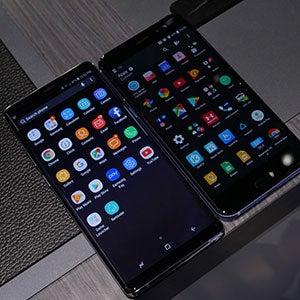
Even with the size and shape disparity, the screens on the Note 8 and U11 still manage to offer very close to the same kind of pixel density – the U11 has a tiny lead, but both screens look similarly sharp and crisp. At least, that's when running things at their full resolution; the Note 8, by default, renders at a lower-res full-HD setting unless you explicitly want to take full advantage of the available hardware.
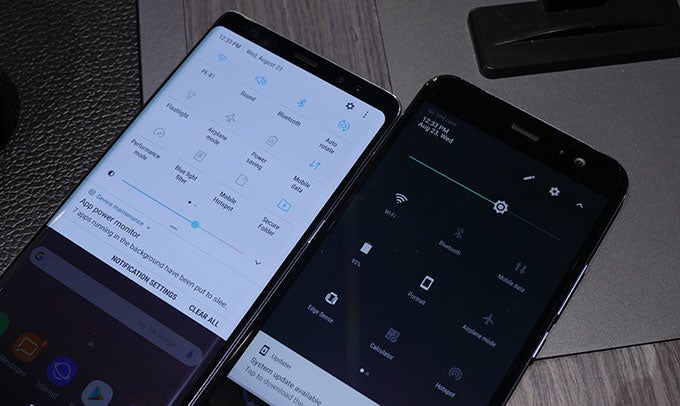
Interface and Functionality
HTC and Samsung each give their phones a custom take on Android thanks to these manufacturers' own interface tweaks, but the experiences the U11 and Note 8 go beyond just some fancy menus.
Each phone can connect you to the power of the voice-controlled Google Assistant, sure, but they also both go beyond that: the U11, with its dual-hotword support offering tight integration with Amazon Alexa, and the Note 8 with Samsung's own Bixby – including the return of a dedicated hardware button to access the service.
These two also both have their own special hardware to help entice shoppers. Obviously, with the Note 8 we're talking about Samsung's S Pen stylus, and while the pen we get this year isn't a drastic rethinking of last year's (on the ill-fated Note 7), we do get a newly-refined tip design. And with the U11, HTC introduces Edge Sense to let users access app shortcuts with just a quick squeeze of the phone.
They're both useful in their own ways, but while we appreciate how we can customize Edge Sense to trigger any number of apps or change system settings, it's ultimately just a means to access shortcuts, while the S Pen feel much more fleshed out, and eager to be used all across the Note 8's interface.
Samsung also gives its phone a lot of hardware the U11 lacks entirely, with the Note 8 scoring wireless charging, an iris scanner, heart-rate monitor, and even an analog headphone jack – all features just straight-up missing on HTC's flagship.
Performance
In terms of raw silicon, the Note 8 and U11 are on pretty even footing, with both running Snapdragon 835 chips (the Note 8 will alternately get the Exynos 8895 in international markets). But while the U11 gets a very respectable 4GB of RAM in its most common configuration, the Note 8 adds 50% to that with its 6GB.
So far, we haven't seen the presence of extra RAM past this 4GB point spell a lot of difference in the performance of Android devices, so we're not about to crown the Note 8 the obvious winner here – though we can't deny that the phone's better equipped to handle really, really serious multitasking.
Both phones arrive with the same 64GB base storage level, and support augmenting that via microSD.
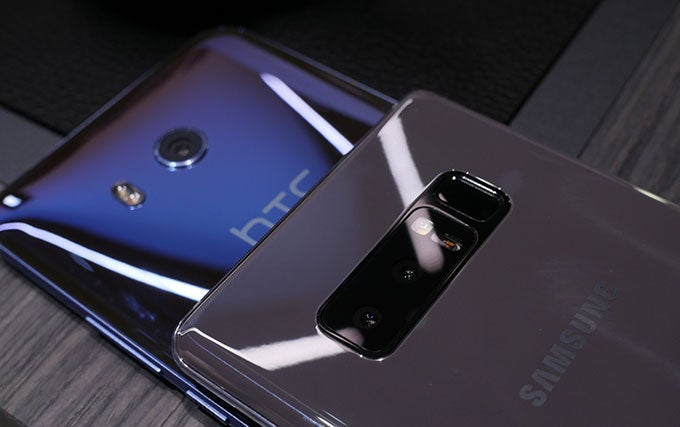
Camera
Maybe the biggest advancement Samsung's making with the Note 8 is joining the dual-camera club, as the phone shows off a pair of 12MP sensors – the U11's also got a 12MP camera, but just the one. And while plenty of other manufacturers have similarly gone the dual-camera route, Samsung makes a name for itself by giving both of those cameras real optical image stabilization – not restricting the feature to just one of the two cameras.
Like the rest of the software on these phones, the interfaces of these cameras are likely to play to personal preference as strong as anything else, but in using both we had to note that Samsung's came across as offering a bit more control, while HTC's felt like it suffered due to over-simplification.
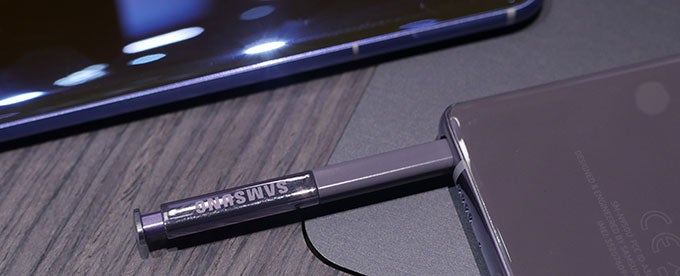
Conclusion
Some users might not see the point of comparing the HTC U11 to the Samsung Galaxy Note 8, as beyond both being 2017 flagships, they don't necessarily feel like they're going after shoppers with the same priorities. But as we start looking at the two models a little more closely, it's easier and easier to see how they're both operating in the same circles.
That said, for everything the U11 does, the Note 8 feels like it does most of that – and then some. The U11 does give us a thing or two the Note 8 doesn't, but more often than not it's the Note 8 that's going above and beyond HTC's phone.
Problem is, all that functionality doesn't come cheap, and while you can pick up a U11 for $650, expect to pay $930 or more for a Note 8. While we'd expect the Note to cost more, the sheer size of that premium might be more than a lot of people were prepared for. Samsung's might just be the better phone, but is it a 45% better phone that HTC's? It's going to need to be in order to justify that price.

Follow us on Google News

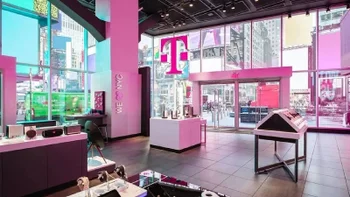
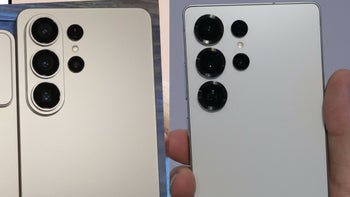

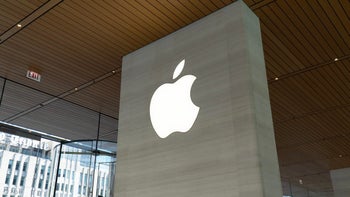
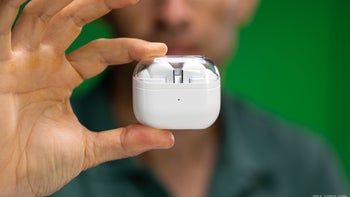

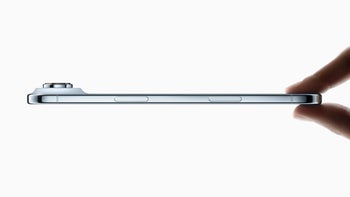
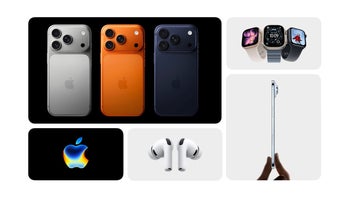

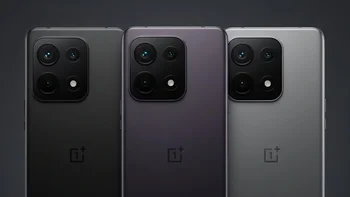
Things that are NOT allowed:
To help keep our community safe and free from spam, we apply temporary limits to newly created accounts: